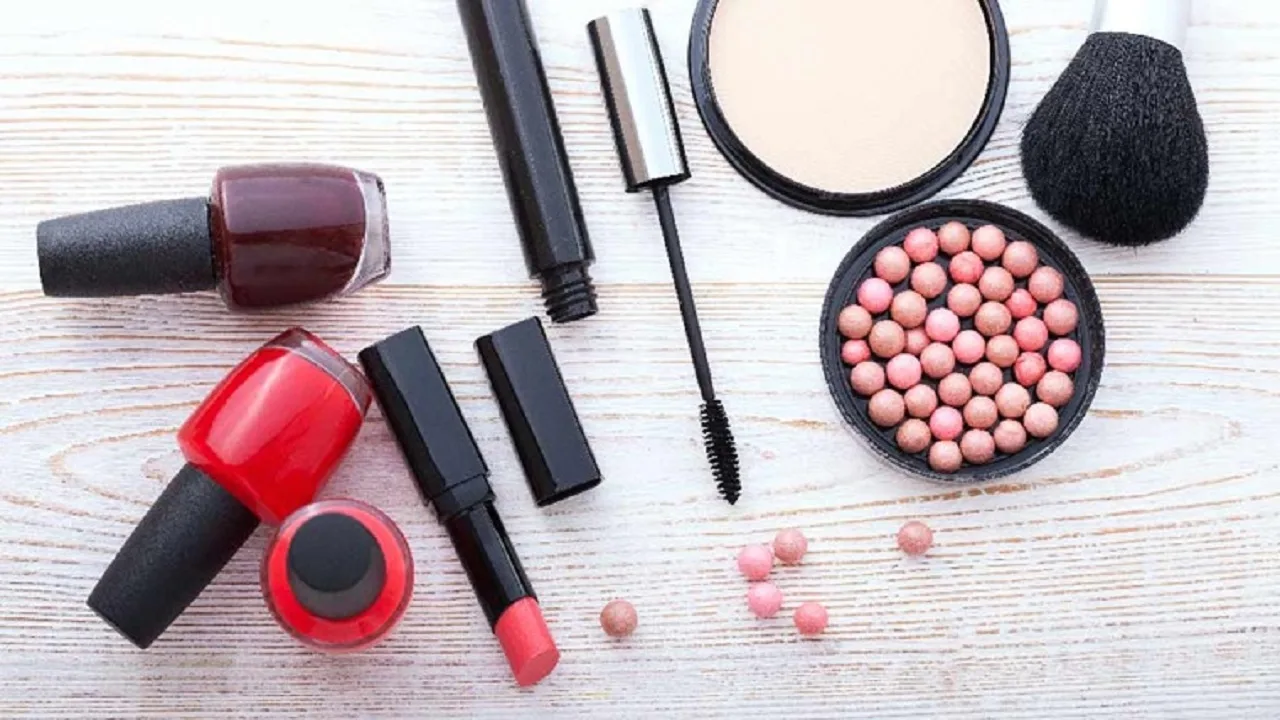First of all, I should start by saying that not every chemical has a negative effect on our health. Recently, chemicals that have caused a lot of confusion can increase our quality of life and even protect our health when used in the right places. On the other hand, some chemicals that are not sufficiently researched or used without control can have the opposite effect and cause serious health problems. This situation is especially common in the global beauty industry, which is subject to relatively less regulation. Some toxic chemicals hidden under marketing tactics can negatively affect our health starting from the cellular level. They can also harm both us and our planet. Therefore, it is up to us consumers to understand whether our products contain toxic substances.
Which chemicals have negative effects on health?
Some chemicals found in traditional beauty products can have toxic effects when they come into contact with the skin or enter the body through the respiratory tract. In this way, they can threaten both our holistic health and the planet’s health. The most commonly used of these active ingredients are listed below:
→ Butylated hydroxyanisole (BHA)
It is commonly used as a preservative in products that contain oil, such as lipstick, eyeliner, blush, and moisturizer. Animal studies have shown that BHA causes stomach cancer and kidney and reproductive organ damage. Currently blacklisted by the World Health Organization, this chemical can still be found in some products. The less toxic alternative, BHT, is used in the United States but is on the banned list in Japanese and European markets.
→ Coal tar
Coal tar and its derivatives, especially found in hair dyes, are used to darken the color of the dye. In short, the darker the color, the higher the coal tar content. Studies show that this substance causes hair loss, allergic reactions and scalp irritation. Coal tar also increases the risk of various cancers. It is expected to be banned in some states in the USA in the near future.
→ Diethanolamine (DEA)
DEA, which provides foam to products such as shampoo or shaving foam, carries the risk of reacting with other preservative chemicals. Potential unwanted reactions can also have carcinogenic effects. For this reason, DEA is among the banned substances in Europe and Canada.
→ Formaldehyde
Formaldehyde, a strong-smelling preservative found in long-lasting beauty products such as nail polish, hair gels, and gels, can irritate the eyes, nose, and throat in low doses. Long-term exposure can cause throat and nose cancer. These side effects are especially common in people who do manicures and pedicures or dye their hair as part of their job.
